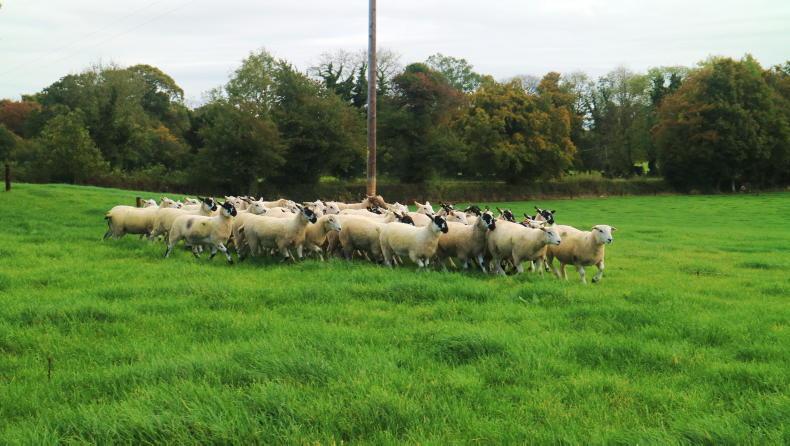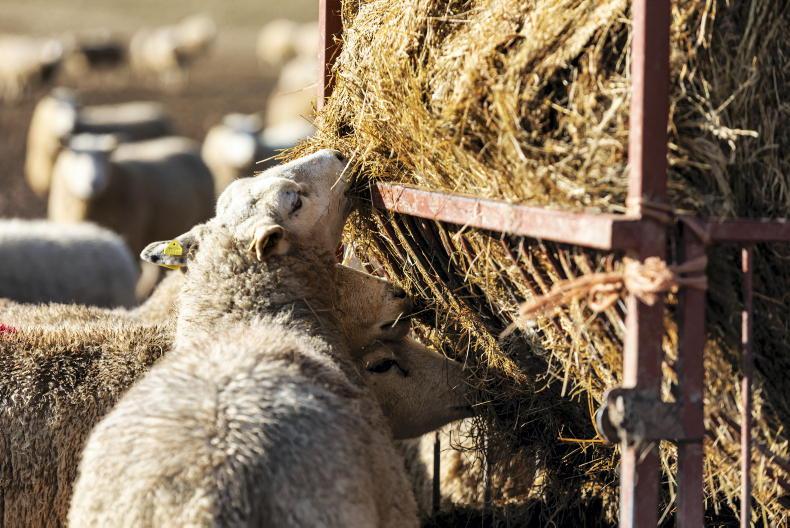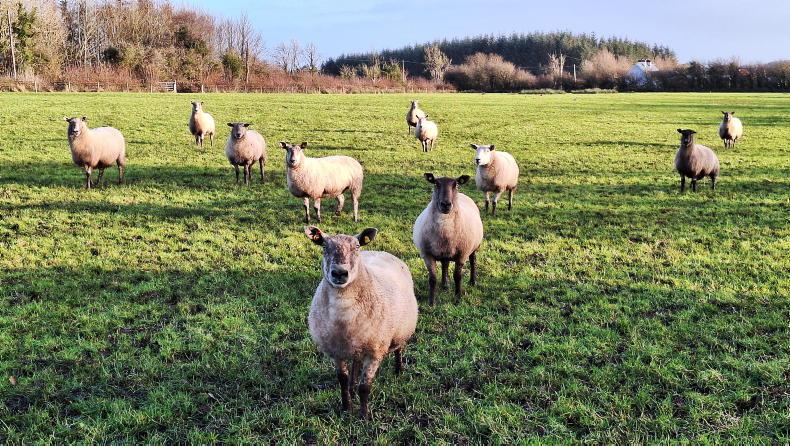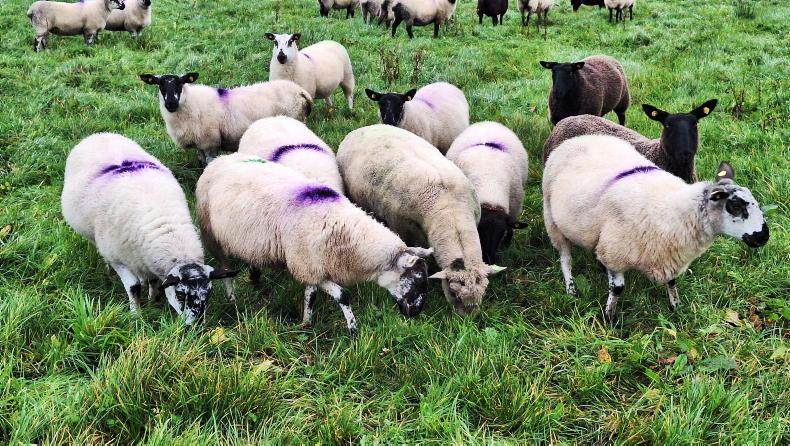Despite some torrential rainfall in the south last weekend, by and by grazing conditions are a world apart from how they were this time last year, where many farmers had to house stock by early October due to heavy rainfall and low ground trafficability.
Now, though grass is in shorter supply, grazing conditions are good. The lower grass supply is leading to cows entering lower covers, and while they are moving through these at a faster rate than many would like, the benefit is that graze outs and regrowths have been excellent on these.
Moving in to the second half of October, and with such favourable grazing conditions, farmers should really have their wettest paddocks lined up for grazing next if they haven’t already grazed them.
These are the paddocks that will likely not be grazed until mid-March or so, so getting covers whipped off these now should tee them up nicely so as not to have a really heavy cover of grass come next spring.
Cover of grass
Any clover paddocks not grazed already in this round should also be on the agenda.
Leaving a cover of grass on these over the winter will cause the clover to be smothered out of the sward. Reseeds will also benefit by being grazed now to allow for tillering and for sunlight to reach the base of the plant.
Grass for ewes
On sheep farms, ewes are the priority ahead of any remaining store lambs at this point.
Reports indicate that grass is tight on a lot of sheep farms for various reasons. Energy intake needs to be maintained in ewes right throughout the breeding season, and the best grass available on farm should be going to these.
If grass is in tight supply and there is still store lambs on farm, then a decision will have to be made as to what to do with them.
Heavy feeding of concentrates at grass is one option, and where good quality silage is available, lambs can also be finished indoors using silage and concentrates.
With a buoyant mart trade for live lambs at the minute, the option also exists to move lambs off farm this way and cash in.










SHARING OPTIONS